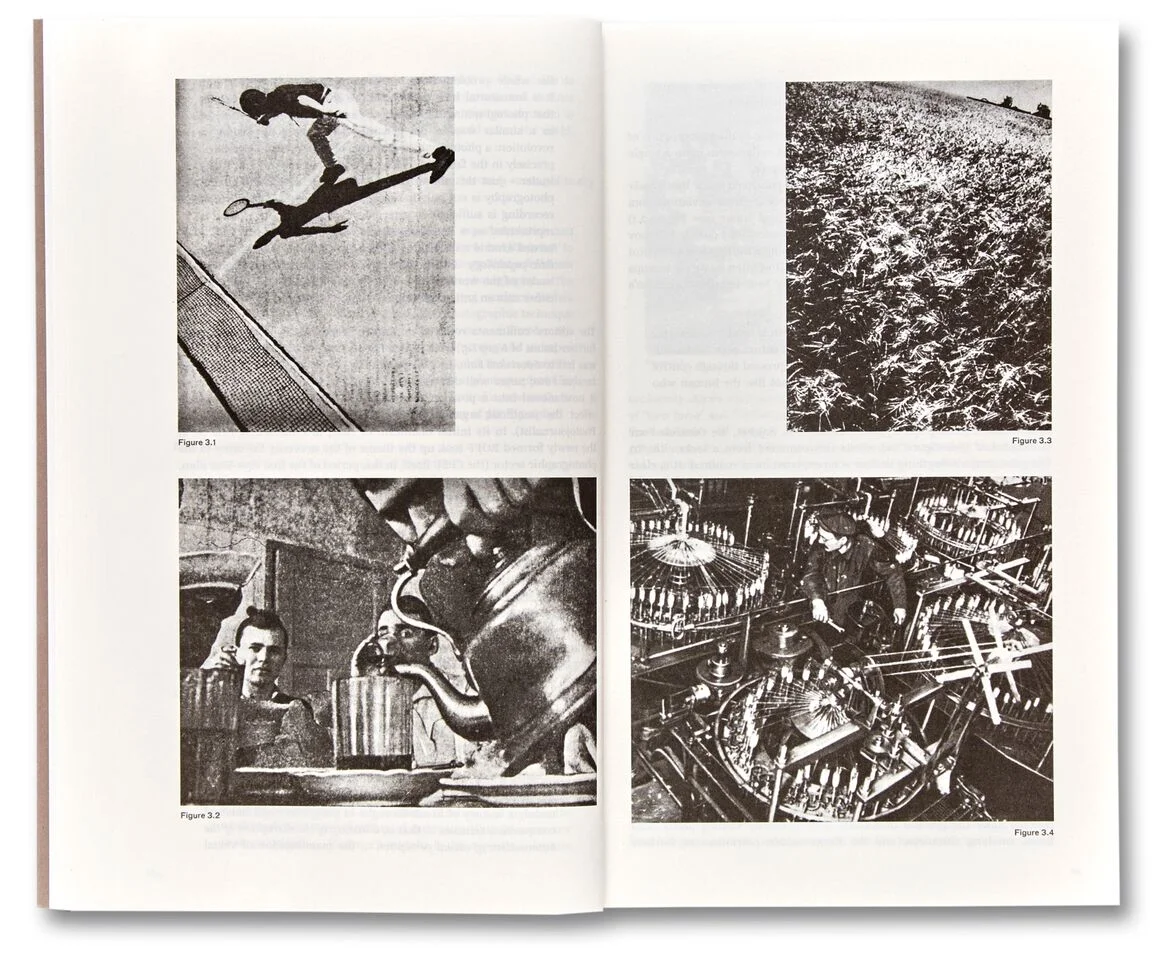Book Review: The Arsenic Eaters
Cover image concept, photography & text: © Simon Brugner
Design: Studio Rob van Hoesel
Publisher: The Eriskay Connection
By Yotam Ponte
Arsenic, a mineral known for its deadly capabilities, can paradoxically give one incredible health, durability, and power if ingested slowly until a tolerance is built. However, when arsenic is taken regularly, halting its ingestion leads to inevitable death. It seems unbelievable today to that people would eat arsenic given the high risk, but in Simon Brugner’s photography book, The Arsenic Eaters, the existence of these people is explored.
© Simon Brugner The Arsenic Eaters 2018
Written in two parts, the book uses photographs to tell the story of Styria, a region on the eastern side of the alps, belonging today to Austria. This region is filled with steep, rocky mountains with settlements isolated from the rest of civilization. These settlements have historically faced harsh conditions from the natural surroundings and, to combat these limitations, turned to one of their most available sources for help, arsenic.
The first part of this book, attempting to bridge past and present in Styria, uses mostly colored photographs in a muted palate to evoke the present comprehension of a situation in which ingesting arsenic would be a viable, and necessary option for survival. The second section, consisting of only black and white images, is accompanied with text focusing on the history of Styria and the implications of being an “arsenic eater.”
Archive image (right): ‘ Steelworks with snowfall’ Collection: Archiv Stadtmuseum Judenburg © Simon Brugner The Arsenic Eaters 2018
As explained in the second part of the book, living in remote, isolated settlements, Styrians suffered hardships in their lives including respiratory issues from rock climbing, catching infectious diseases, and the physical toll of cutting wood. Black and white photographs in both the first and second sections show scenes of Styrian settlements and their inhabitants participating in laborious activities, helping envision the lives Styrians led and emphasizing human limitations in nature.
Archive image (left): ‘boys with waterfall’ Barenschutzklamm, mixnitz
collection: Smon Brugner © Simon Brugner The Arsenic Eaters 2018
When a poisonous mineral named arsenic was found to be highly available in their vicinity, Styrians began to take it during the dark ages to fight these issues. Constantly stimulating the body, as tolerance is developed for arsenic, so does dependence, and a stop in its regular ingestion is lethal. Photos in muted colors portraying sprawling mountains and nature scenes evoke an understanding of a scenario in which arsenic ingestion could be a resort in facing brutal environmental conditions.
© Simon Brugner The Arsenic Eaters 2018
Around the middle of the first section, scenes of dark, damp caves begin to appear, showing the arsenic mines as well as photographs of the actual substance—a rough, lumpy rock. Because of its strong effects, however, the consumption of arsenic was taboo and its usage was not discussed or publicized. The reason is that by taking arsenic, the human body—a symbol of human imperfection—was being conquered. As human limitations were solved, mortality was being battled by a substance known for its deadliness.
© Simon Brugner The Arsenic Eaters 2018
The first part of the book is filled with images of nature, people, and their interactions. Representing the idea of “[overcoming] death by submitting to it,” this first part includes pictures of the human form. A close up photograph of a person’s legs in underwear shows the details of every vein, hair, and defect in the skin, reminding us of human imperfection. Another close up photograph of a closed eye lid examines the unconscious state that defines mortality.
Using photographs, the book effectively tells the story of a time and place through the topic of “The Arsenic Eaters,” ultimately exploring the theme of human mortality and the constant drive to fight it. Brugner does a phenomenal job examining the harsh world that would elicit arsenic ingestion, as well as the implications of this action.













